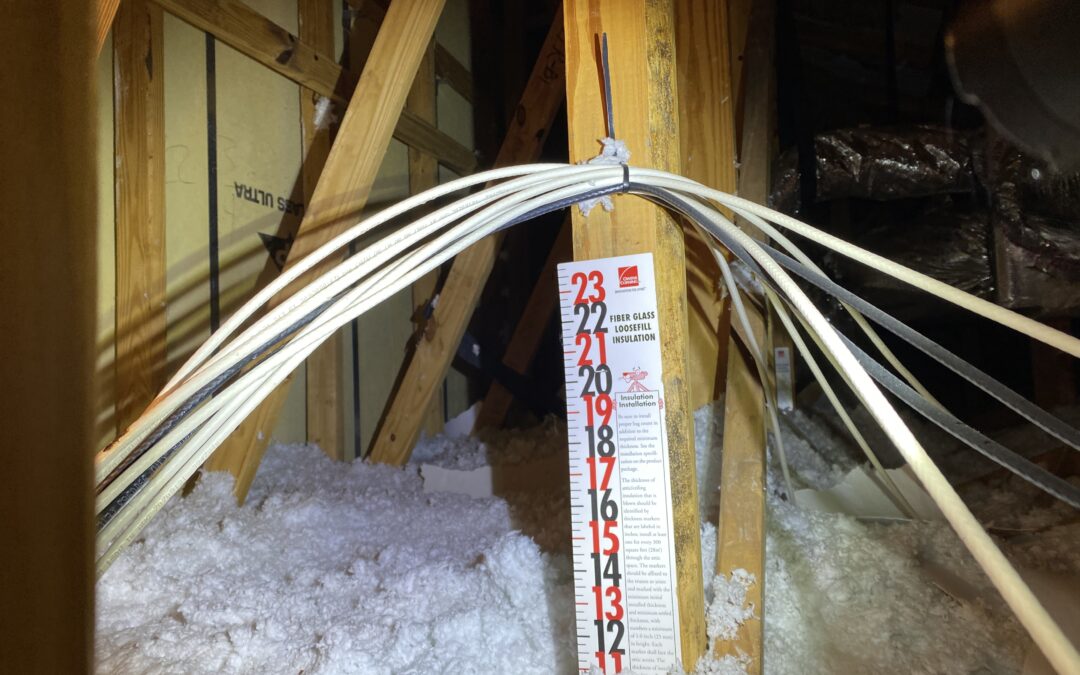Insulation is a crucial component of a house’s building envelope that helps maintain a comfortable indoor environment while reducing energy costs. Insulation works by minimizing heat transfer through a material by slowing down the movement of heat energy.
There are several types of insulation materials available in the market, including fiberglass, cellulose, spray foam, and rigid foam, each with its own set of benefits and drawbacks. Regardless of the material, insulation works on the same basic principles of reducing heat transfer.
Insulation works by using the principle of resistance to heat flow, also known as thermal resistance, which is measured in units of R-value. The higher the R-value, the better the insulation material’s ability to resist heat flow. Insulation traps pockets of air within its fibers or foam cells, which act as a barrier to prevent heat from moving through the material. By slowing down the heat transfer, insulation helps keep the indoor temperature stable, resulting in less energy required to heat or cool the house.
Insulation is typically installed in several areas of a house, including the attic, walls, and floors. In the attic, insulation is installed between the joists or rafters to prevent heat from escaping through the roof. In walls, insulation is installed in the cavity between studs, and in floors, it is placed between the joists or beneath the subfloor.
Properly installed insulation can make a significant difference in a home’s energy efficiency and comfort levels. A well-insulated home can reduce energy bills, increase indoor comfort, and improve air quality by preventing drafts and reducing the need for heating and cooling equipment to work harder.
It’s important to note that while insulation is an essential component of a home’s energy efficiency, it’s not a standalone solution. Proper air sealing and ventilation are also critical to prevent air leakage and maintain healthy indoor air quality.
During a home inspection, home inspectors identify the type of insulation and the amount. Low levels of insulation can be considered a deficiency as it can result in reduced efficiency and higher energy costs.
In conclusion, insulation works by reducing heat transfer through its thermal resistance, which is measured in R-values. It is installed in several areas of a home, including the attic, walls, and floors, to minimize heat loss and gain. Proper insulation is a crucial aspect of a home’s energy efficiency and indoor comfort, and it should be installed in conjunction with proper air sealing and ventilation to maximize its benefits.

